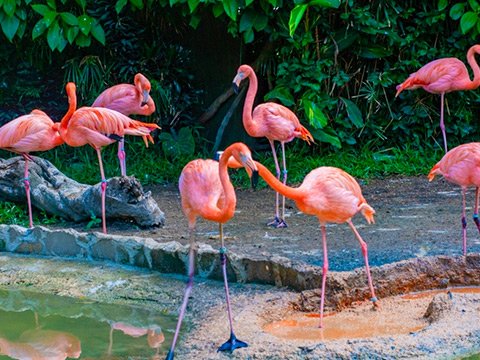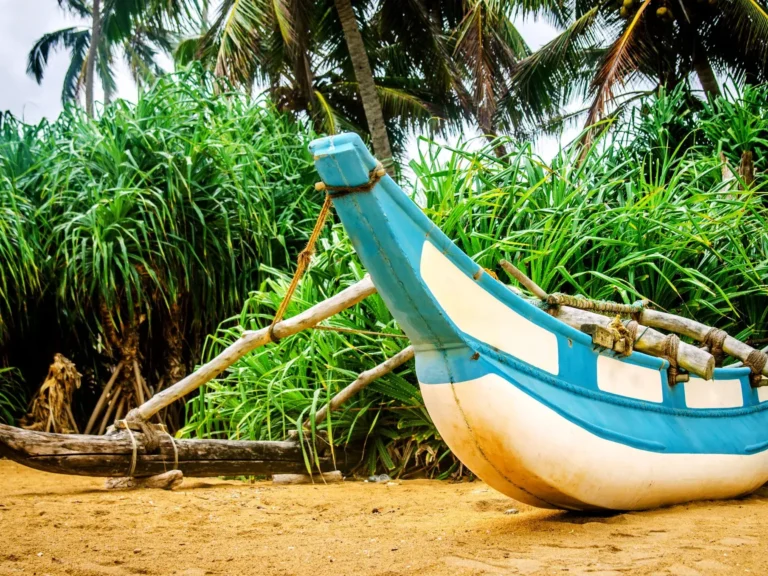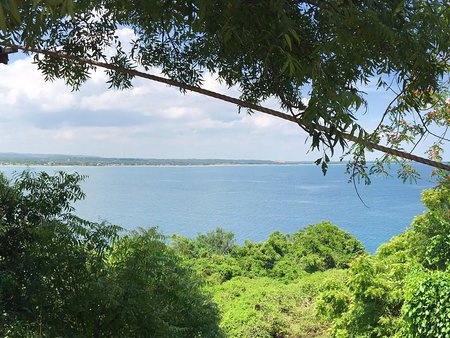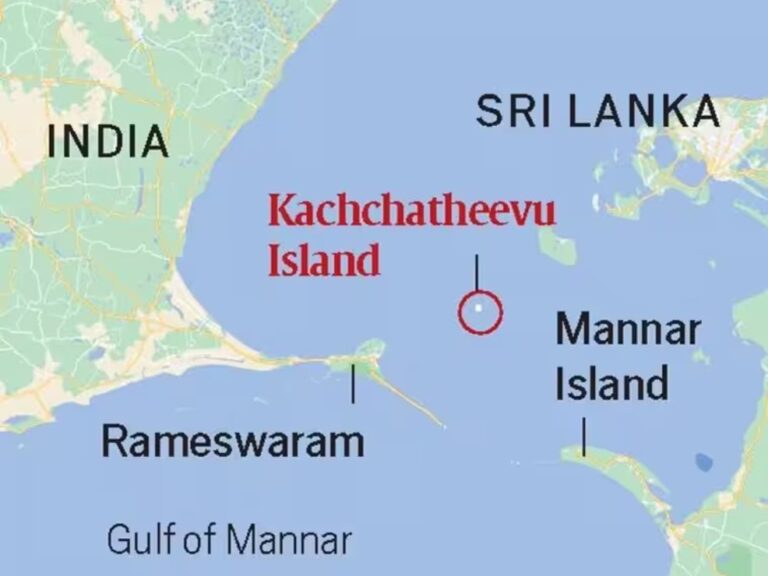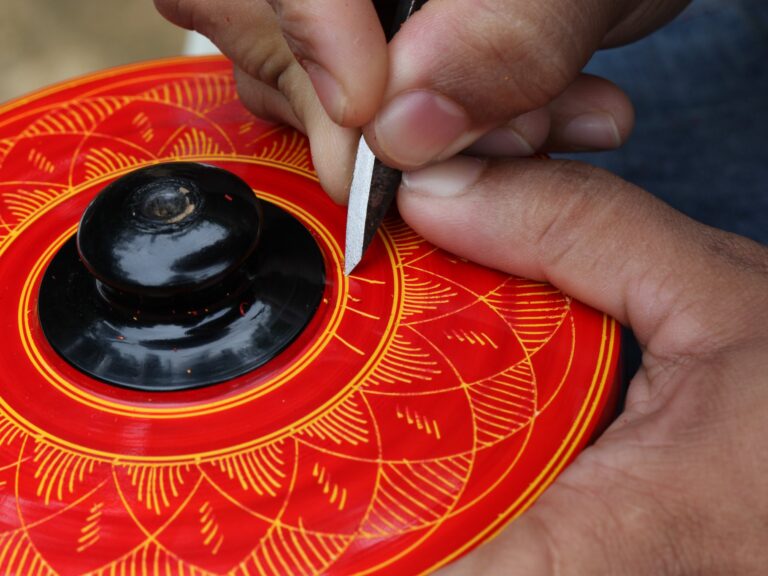Robusta Renaissance in Ceylon: Positioning Sri Lanka as ASEAN’s Specialty Coffee Processing Hub

Introduction: From Colonial Decline to a New Dawn
Coffee has always held a complicated place in Sri Lanka’s history. Long before the world associated “Ceylon” with tea, it was coffee that built fortunes, reshaped landscapes, and connected the island to global trade networks. The story begins in the early 19th century, when Governor Edward Barnes encouraged British planters to cultivate coffee in the hill country around Kandy, Matale, and Nuwara Eliya. By 1870, the island had become one of the largest coffee exporters in the world, shipping more than 70,000 metric tonnes annually, much of it to London.
The economy of towns like Kandy, Gampola, and Badulla revolved around the coffee trade. Estate bungalows, railway lines, and processing factories were built to serve this thriving industry. Coffee transformed the very identity of the highlands, creating a plantation economy that would later sustain tea.
But then disaster struck. In the 1870s, Hemileia vastatrix—a deadly fungal disease known as coffee leaf rust—spread like wildfire across estates. Within two decades, nearly the entire coffee industry collapsed. Many planters abandoned the island or switched to tea, which proved more resilient. Thus, Sri Lanka’s global reputation shifted from coffee to Ceylon Tea, leaving coffee as a forgotten chapter in history.
Today, more than 150 years later, the coffee story is quietly returning. Smallholder farmers in Kotmale, Matale, and Uva are reviving the crop, artisanal roasters are experimenting with specialty profiles, and cafés across Colombo are reintroducing coffee to a new generation. The question is: can Sri Lanka, once again, turn coffee into a national and international success—this time by becoming the specialty processing hub for ASEAN Robusta?
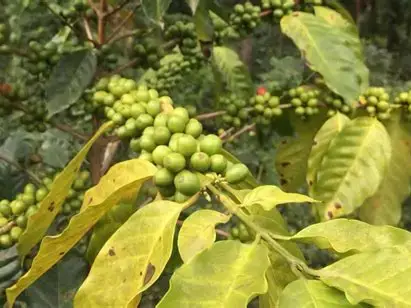
The Global Specialty Coffee Wave
The global coffee industry has undergone seismic change over the past two decades. The “first wave” of coffee in the 20th century was dominated by mass consumption of instant and commodity-grade coffee. The “second wave,” driven by brands like Starbucks, popularized café culture worldwide. Now, we are in the “third wave”—a movement that treats coffee not as a uniform commodity but as an artisanal product, with emphasis on terroir, traceability, sustainability, and cup quality.
In this new market, consumers are willing to pay a premium for beans that tell a story—who grew them, how they were processed, what flavour notes they carry. Coffee competitions now showcase beans that are fermented with wine-making techniques, dried on raised African beds, or processed with anaerobic fermentation methods.
For decades, specialty coffee was almost exclusively associated with Arabica beans. But today, Robusta is being rediscovered. With better farming, selective harvesting, and innovative processing, Robusta can deliver surprising flavour profiles—ranging from chocolatey and nutty to fruity and floral. Global buyers are now willing to pay more for high-quality Robusta that achieves specialty grades.
This is where ASEAN enters the picture. Vietnam is the world’s largest Robusta producer, followed by Indonesia, Laos, and the Philippines. Together, ASEAN countries export millions of tonnes annually. Yet the majority is sold as raw green beans, fetching low prices in commodity markets. The real value—roasting, branding, soluble coffee production—is captured by importing nations.
Sri Lanka, with its small but growing coffee sector, has an opportunity to position itself not as a volume player, but as the specialty processing hub for ASEAN Robusta—a curator, blender, and storyteller.
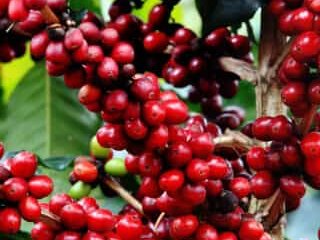
Sri Lanka’s Coffee Resurgence
Although dwarfed by ASEAN in production, Sri Lanka’s coffee sector is showing encouraging signs:
- By 2019, Sri Lanka cultivated about 6,400 hectares of coffee, producing nearly 7,700 metric tonnes.
- More than 80 percent of this production comes from smallholder farmers cultivating under three acres.
- Coffee exports grew by over 80 percent between 2017 and 2019, a clear sign of rising global demand for Ceylon beans.
Local demand is also on the rise. Walk into Colombo today, and you will find an urban café scene buzzing with activity. Coffee is no longer a novelty but part of daily culture for millennials, professionals, and tourists. From Galle Face cafés to Ella’s backpacker-friendly roasteries, Sri Lanka is rediscovering its coffee identity.
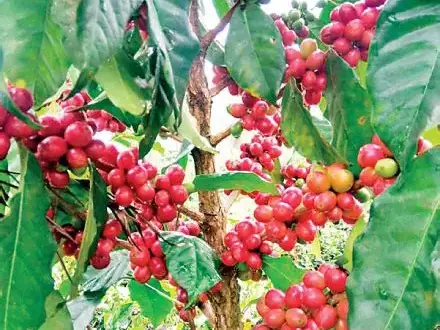
Why Sri Lanka Could Be ASEAN’s Processing Hub
- Strategic Geography
Sri Lanka sits at the heart of Indian Ocean trade routes. Colombo Port already functions as a major trans-shipment hub, linking Southeast Asia, South Asia, and the Middle East. This geographic advantage makes it feasible for ASEAN beans to be processed in Sri Lanka before being re-exported to global markets. - Branding Power of “Ceylon”
Few countries enjoy the global branding recognition that Sri Lanka has with “Ceylon.” Just as Ceylon Tea became a symbol of quality, authenticity, and traceability, “Ceylon Specialty Coffee” could emerge as a premium label. This branding power is Sri Lanka’s unique advantage over ASEAN producers. - Existing Agro-Processing Expertise
Sri Lanka’s tea sector has decades of experience in grading, processing, packaging, and branding for international markets. These skills and systems can be adapted for coffee with minimal reinvestment.
Niche Over Volume
Competing with Vietnam or Indonesia on production scale is impossible. But Sri Lanka does not need to win on volume. Instead, it can focus on specialty niches: artisanal blends, roasted packs, soluble coffee, and traceable micro-lots

Case Studies: Lessons from the Ground
1. Smallholder Farmers in Kotmale
In Kotmale, a cluster of farmers once drying beans on tarpaulins began using shared washing stations and raised beds. Quality improved, buyers paid higher prices, and women farmers were relieved of hours of manual labour. This micro-level change shows how infrastructure can transform livelihoods.
2. Women’s Coffee Enterprises in Uva
In Uva, women have formed cooperatives to run nurseries and packaging operations. This not only provides additional income but also shifts gender dynamics, as women gain greater decision-making power in households.
3. Damn Fine Coffee’s Specialty Experiments
One Colombo-based roaster has invested in natural and honey processing, producing beans with fruity, wine-like profiles. By branding coffees with names tied to terroir—“Bandarawela Honey Process” or “Kotmale Citrus”—they are tapping into global specialty markets.
4. Barista Sri Lanka’s Peliyagoda Hub
Barista, Sri Lanka’s largest café chain, has built a centralized procurement and distribution hub in Peliyagoda. With over 40 outlets nationwide, it now ensures quality consistency across stores. This model could be scaled to manage ASEAN bean imports for specialty processing.
5. ASEAN’s Surplus and Sri Lanka’s Niche
Vietnam exports millions of tonnes of Robusta annually, most of it as raw green beans. By importing a fraction of this into Sri Lanka for specialty processing, roasting, and branding, the island could capture far higher margins than simply exporting its own small harvest.
6. Rwanda’s Specialty Coffee Transformation
Rwanda, once devastated by conflict, used coffee as a tool for post-war economic recovery. By centralizing washing stations and branding its beans as premium, Rwanda now commands top prices in Europe and the US. This offers a roadmap for Sri Lanka to follow.
7. Coffee and Tourism Integration
In Ella, Haputale, and Kandy, tourists are eager to experience farm-to-cup coffee trails. Plantation stays, barista training workshops, and tasting tours are creating new economic linkages between tourism and agriculture.
Historical Anecdotes and National Memory
Sri Lanka’s coffee story is more than economics—it is part of our cultural memory.
- Governor Edward Barnes and the Coffee Boom: In the 1820s, Barnes encouraged coffee cultivation in the Kandyan highlands. His vision turned sleepy hill villages into global suppliers. By mid-century, British planters lived in sprawling bungalows, and railways were laid primarily to transport coffee to Colombo.
- The Rust Epidemic of the 1870s: When leaf rust arrived, planters initially underestimated it. Within years, entire estates were abandoned. Some planters switched to tea; others fled. The hills, once filled with coffee blossoms, became landscapes of ruin.
- Post-Independence Revival Attempts: In the 1960s and 70s, smallholder farmers in Matale and Uva tried to revive coffee as a supplementary crop. Though overshadowed by tea, these early efforts kept coffee alive, creating the foundation for today’s resurgence.
These stories remind us that Sri Lanka has always had the DNA for coffee. The difference today is that we no longer need to compete on scale. Instead, we can leverage history, terroir, and modern processing to claim a unique space in the global market.
Strategic Recommendations for Sri Lanka
- Policy Support – Tax concessions, low-interest loans, and subsidies for coffee processing plants.
- Certification Systems – Introduce national grading and traceability standards for specialty coffee.
- Brand Protection – Establish “Ceylon Specialty Coffee” as a globally recognized label.
- Research & Development – Breed rust-resistant, high-quality Robusta suited for Sri Lanka’s microclimates.
- Public–Private Partnerships – Encourage collaborations between ASEAN exporters and Sri Lankan processors.
- Tourism Integration – Promote coffee trails and plantation tourism.
- Inclusive Growth – Empower women and youth in the value chain.
Conclusion: A Second Chance at Coffee Glory
History rarely offers second chances. In the 19th century, Sri Lanka lost its coffee crown to disease and circumstance. Today, the Robusta Renaissance gives us another opportunity—not to be the largest producer, but to be the most innovative processor and brand curator in Asia.
If Sri Lanka positions itself as ASEAN’s specialty coffee processing hub, it can transform a forgotten crop into a future industry. From Kotmale’s women farmers to Colombo’s modern roasters, from heritage branding to tourism synergies, this vision is within reach.
The world already knows “Ceylon Tea.” Perhaps, in the decades ahead, it will also know “Ceylon Specialty Coffee.”
Disclaimer
This article has been authored and published in good faith by Dr. Dharshana Weerakoon, DBA (USA), based on publicly available data, decades of professional experience across multiple continents, and ongoing industry insight. It is intended solely for educational, journalistic, and public awareness purposes to stimulate discussion on sustainable agro-industry models. The author accepts no responsibility for any misinterpretation, adaptation, or misuse of the content. Views expressed are entirely personal and analytical, and do not constitute legal, financial, or investment advice. This article and the proposed model are designed to comply fully with Sri Lankan law, including the Intellectual Property Act No. 52 of 1979, the ICCPR Act No. 56 of 2007, and relevant data privacy and ethical standards.
Authored independently and organically through lived professional expertise—not AI-generated.
Further Reading: https://dharshanaweerakoon.com/saudi-arabia-for-sri-lanka/
Additional Reading: https://www.linkedin.com/pulse/robusta-renaissance-ceylon-positioning-sri-lanka-hub-dr-dharshana-yvssc/?trackingId=9wQGkFJkuk4xjFwOxRrDAw%3D%3D

